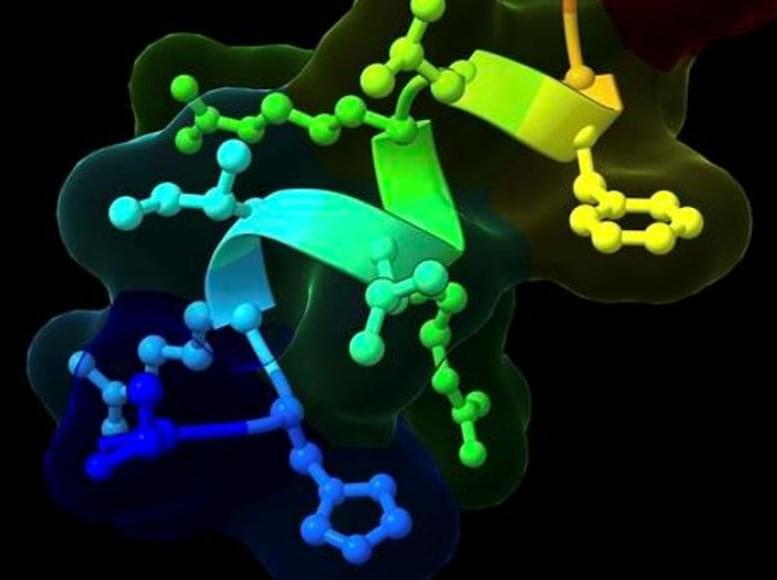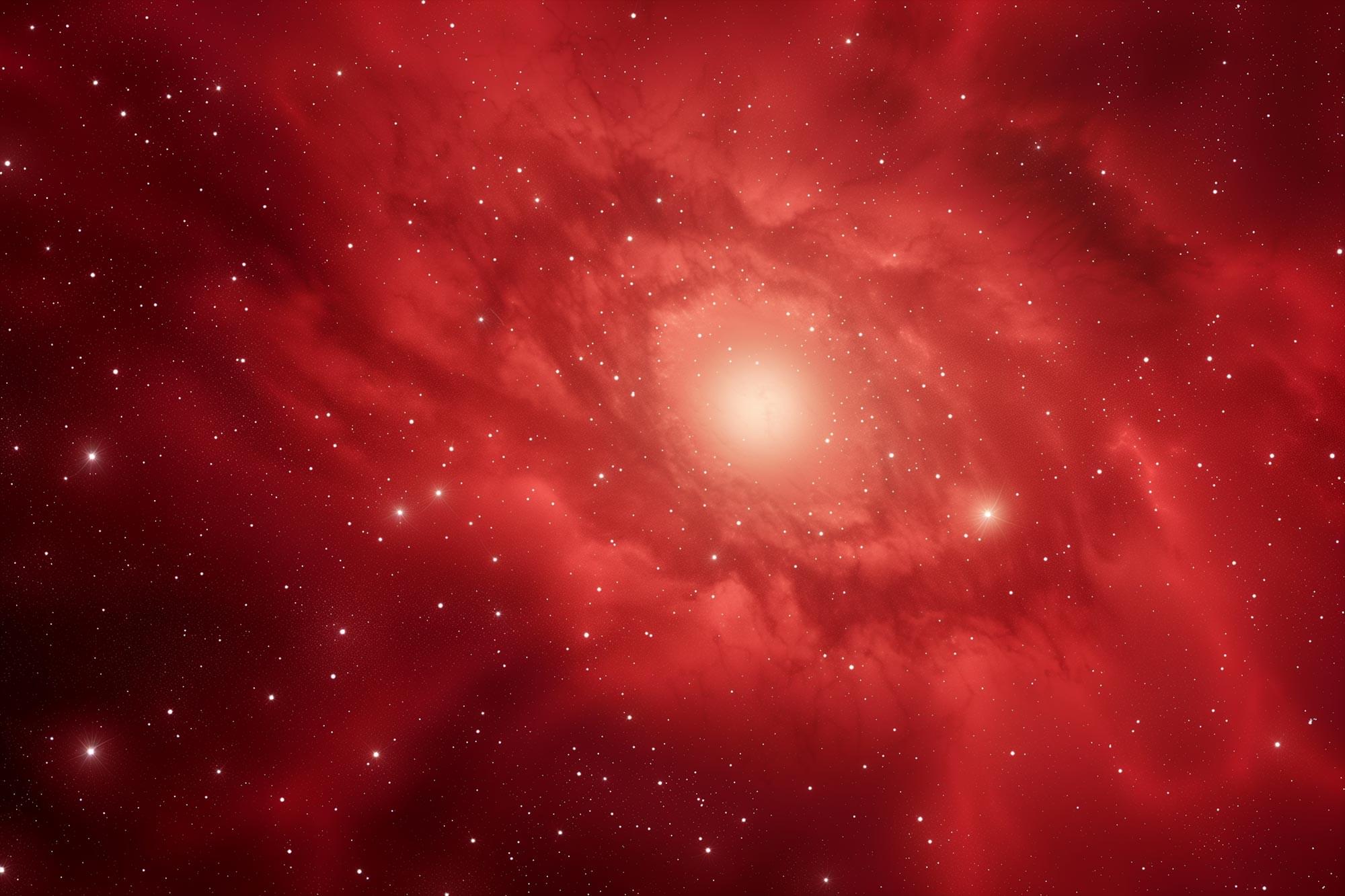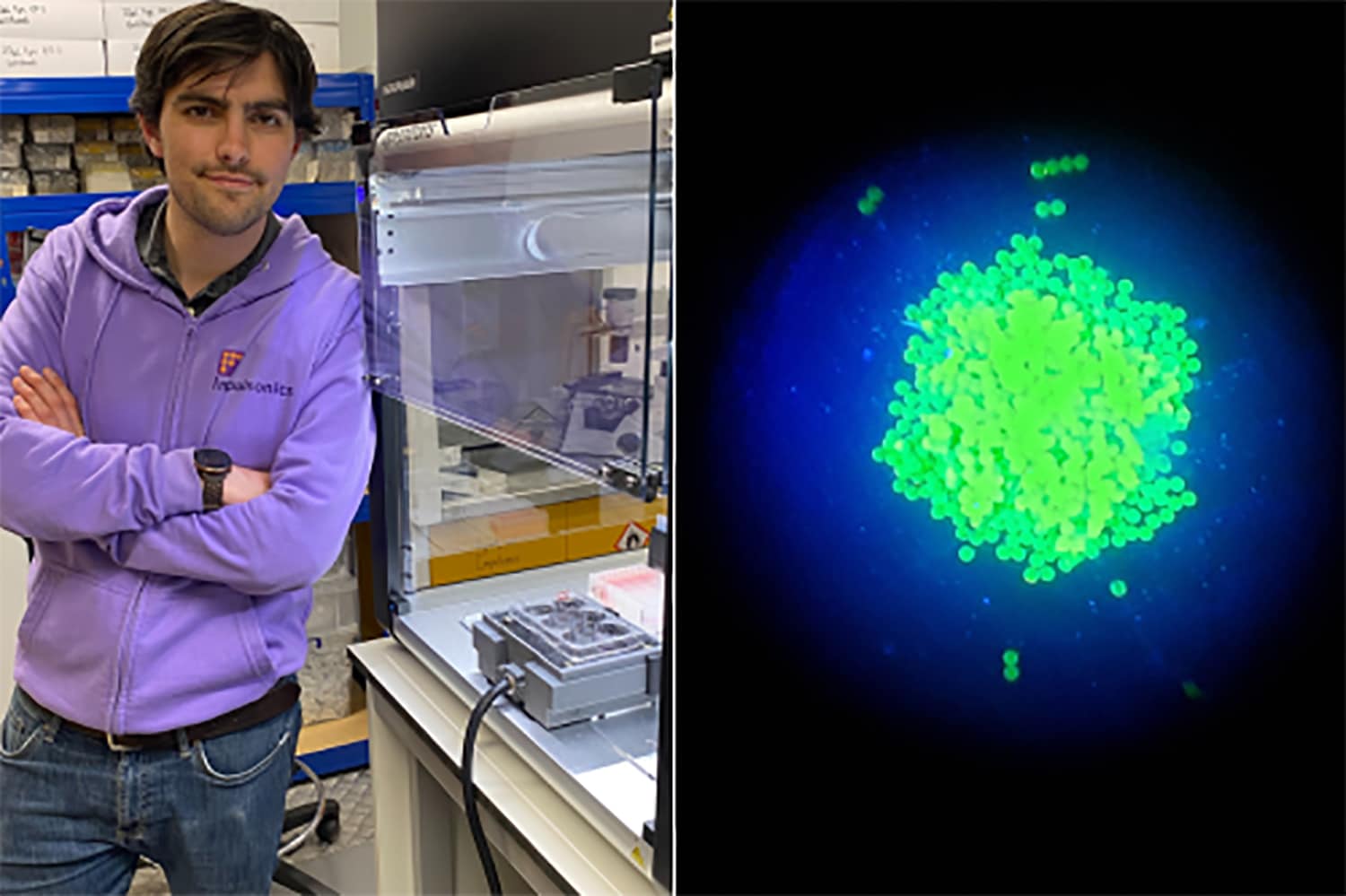How microglia facilitate phagocytosis of multiple types of pathological particles.
The functions, and molecular signaling of elevated glycoprotein non-metastatic melanoma B (GPNMB) in various brain diseases is not been well studied.
The researchers report that GPNMB expression in microglia is commonly induced by multiple types of pathological factors (neuronal degeneration caused by seizures, caspase-3-induced neuronal apoptosis, neuronal debris, and β-amyloid) functionally participating in phagocytosis of pathological particles via interaction with lysosomal vacuolar-type proton ATPase catalytic subunit A (ATP6V1A) and anti-inflammation responses.
GPNMB depletion does not influence the severity of acute seizures but exacerbates the development of chronic epileptogenesis. https://sciencemission.com/microglia-phagocytosis-of-pathological-particles
Liu et al. report that GPNMB expression in microglia is commonly induced by multiple types of pathological factors functionally participating in phagocytosis of pathological particles via interaction with ATP6V1A and anti-inflammation responses. GPNMB depletion does not influence the severity of acute seizures but exacerbates the development of chronic epileptogenesis.







